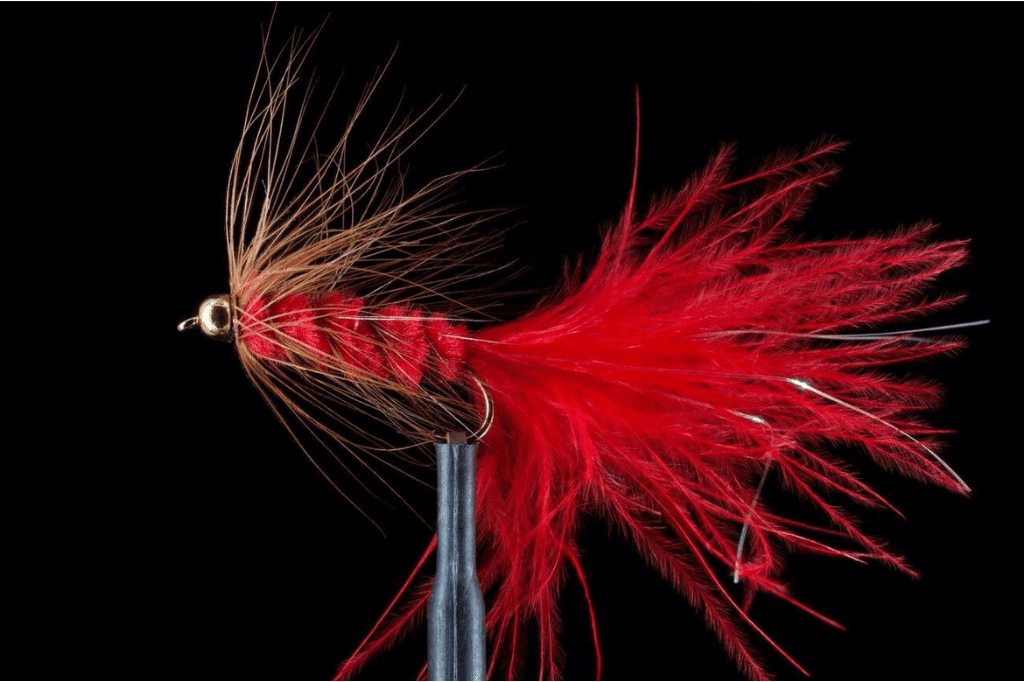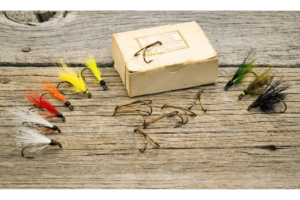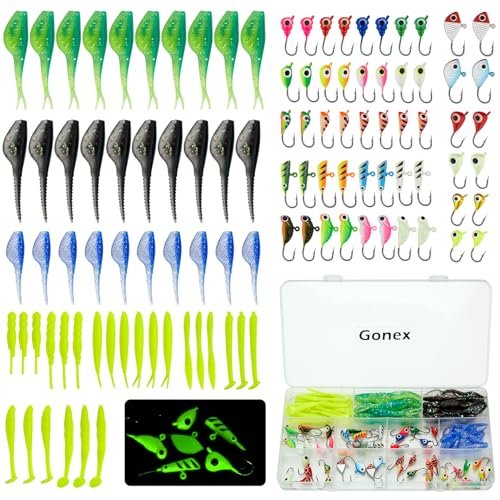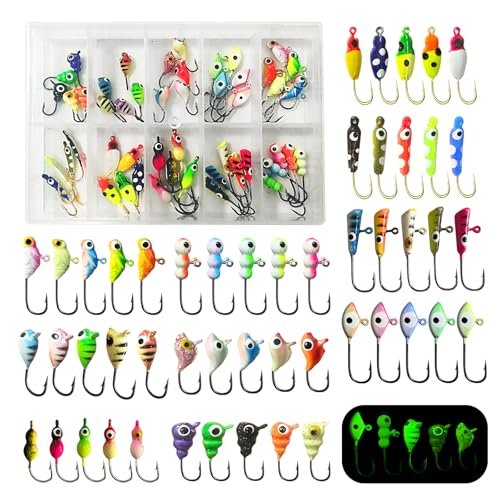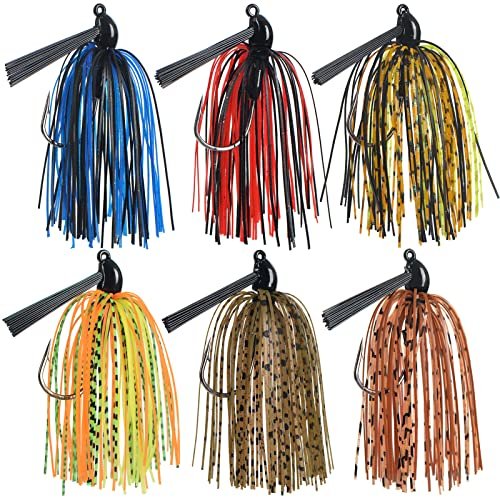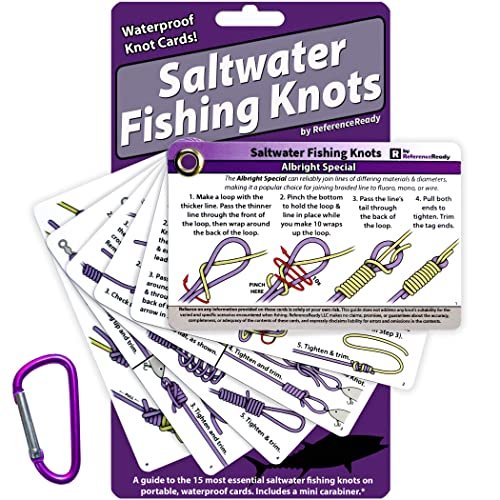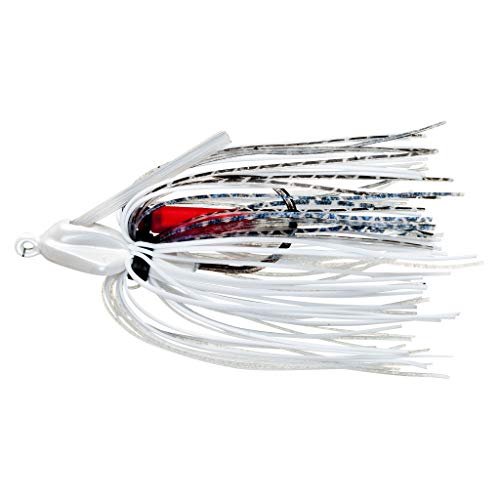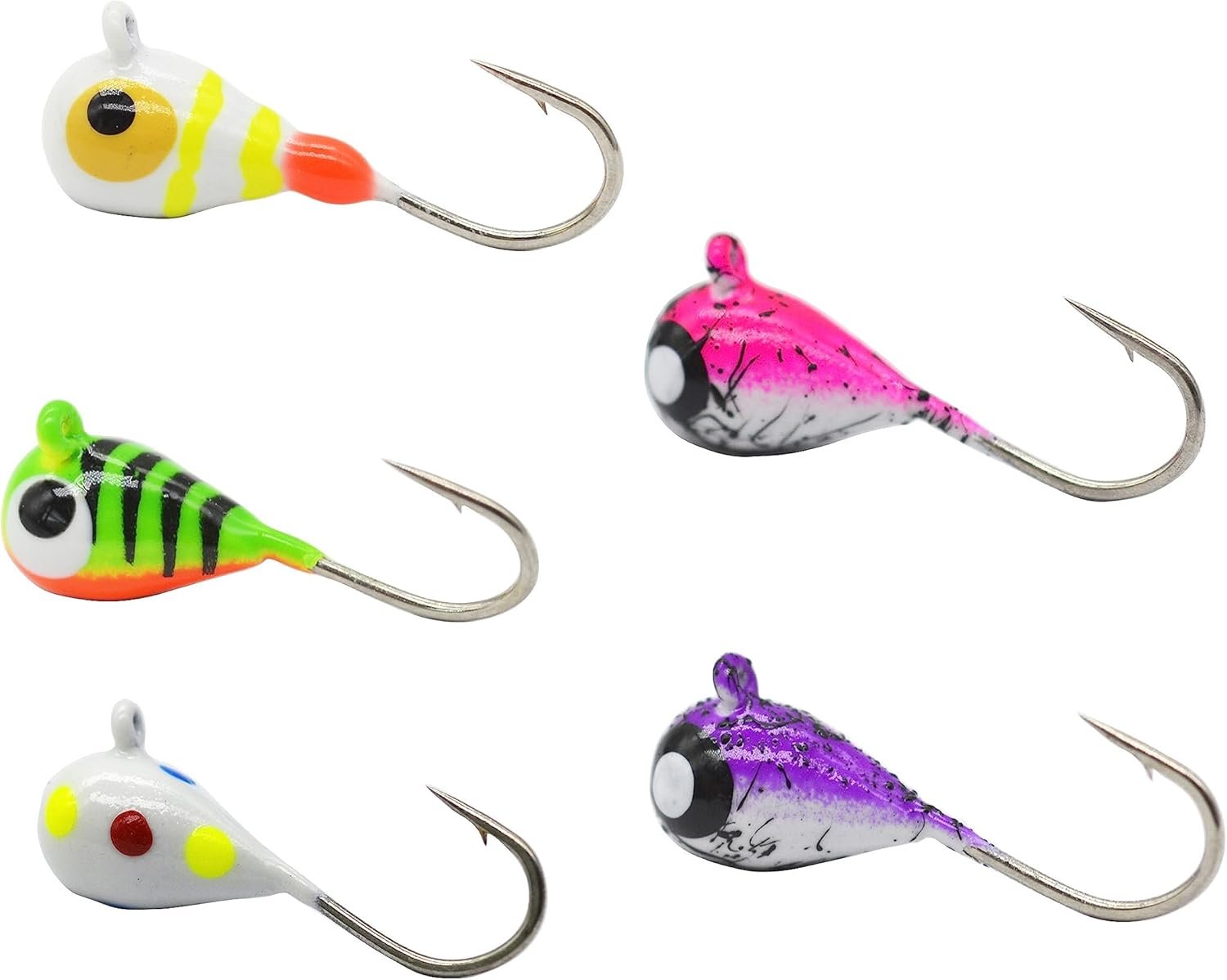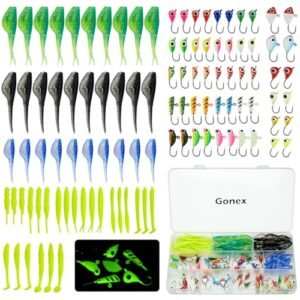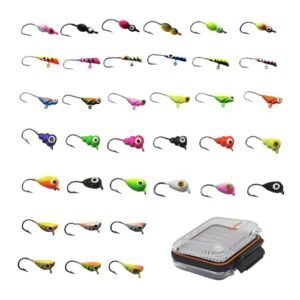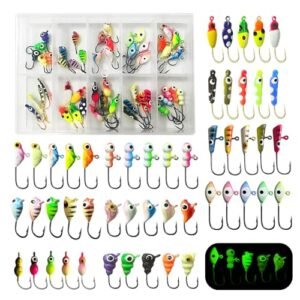Fly fishing streamers offer an exciting way to catch fish. These lures imitate small fish, leeches, or other prey. Streamers attract aggressive fish like trout, bass, and pike. Anglers cast and retrieve streamers to mimic the movement of live bait.
Fly fishing streamers come in various colors, sizes, and patterns to match local prey. Fly fishing enthusiasts often use heavier rods and lines to handle the weight and drag of streamers. Effective streamer fishing requires understanding fish behavior and water conditions. Mastering streamer techniques can lead to thrilling and successful fishing adventures.

Introduction To Fly Fishing Streamers
Fly fishing streamers is an exhilarating experience. It is a method that many anglers adore.Fly fishing streamers mimic the movement of baitfish. They attract larger, predatory fish. This technique is dynamic and rewarding.
The Allure Of Targeting Larger Fish
Streamers are perfect for targeting larger fish. Big fish are often predatory. They cannot resist a well-presented streamer. Anglers love the thrill of catching big fish. The fight is intense and memorable.
Using streamers can lead to catching trophy fish. These are fish that create stories. They make every trip exciting. The challenge of landing a big fish keeps anglers coming back.
Basics Of Streamer Fishing
Streamer fishing is straightforward. It involves casting and retrieving. The motion should mimic a fleeing baitfish. This attracts predatory fish.
Here are the basic steps:
- Choose the right streamer. Match it to the local baitfish.
- Cast the streamer into the water.
- Retrieve it with varying speeds.
- Use short, quick strips to mimic fleeing prey.
- Keep an eye on the line for strikes.
Essential gear includes:
| Item | Description |
|---|---|
| Rod | Sturdy, typically 6-8 weight. |
| Reel | Good drag system for larger fish. |
| Line | Floating or sinking, depending on water depth. |
| Streamers | Various patterns to match local prey. |
Choosing The Right Gear
Fly fishing streamers can be exciting and rewarding. Having the right gear is crucial for success. The correct equipment improves your chances and enhances your experience on the water.
Selecting A Suitable Rod
Choosing the right rod is key for fly fishing streamers. A rod with a fast action is generally preferred. This type of rod helps in casting heavier flies and dealing with windy conditions. Rod length also matters. A rod between 9 to 10 feet is ideal, offering a good balance between control and casting distance.
Consider the rod weight too. For streamers, a rod in the 6 to 8 weight range is perfect. This weight supports the heavier lines and flies associated with streamer fishing. Material is another factor. Graphite rods are popular due to their strength and flexibility.
Reel And Line Considerations
Your reel should match your rod weight. A large arbor reel is beneficial for faster line retrieval. This feature is particularly useful when reeling in larger fish. A strong, smooth drag system is essential to handle the aggressive strikes often seen in streamer fishing.
When it comes to line, a weight-forward floating line is a great choice. This line type helps in casting larger flies more efficiently. For deeper waters, consider a sinking line or a sinking tip line. These lines help get your streamer to the desired depth quickly.
The Importance Of A Strong Leader
A strong leader is crucial in streamer fishing. A leader that is too light can break under the pressure of a larger fish. A leader between 7.5 to 9 feet long is usually sufficient. Tippet strength should be around 0X to 2X to handle the aggressive nature of streamer strikes.
Fluorocarbon leaders are recommended for their abrasion resistance and low visibility in the water. This material increases your chances of a successful catch. Ensure your knots are strong and well-tied. Weak knots can result in lost fish and lost flies.
| Component | Recommendation |
|---|---|
| Rod Action | Fast |
| Rod Length | 9 to 10 feet |
| Rod Weight | 6 to 8 weight |
| Reel Type | Large Arbor |
| Line Type | Weight-Forward Floating or Sinking |
| Leader Length | 7.5 to 9 feet |
| Tippet Strength | 0X to 2X |
Streamer Selection Strategies
Choosing the right streamer can make or break your fly fishing experience. Streamer selection involves understanding the fish’s natural prey, adjusting sizes and colors, and adapting to seasonal patterns. Let’s dive into some effective strategies for selecting streamers.
Match The Hatch: Imitating Natural Prey
Matching the hatch means using streamers that look like the fish’s natural prey. This increases your chances of a bite. Study the local water to know what fish eat. It could be minnows, crayfish, or leeches. Use streamers that mimic these creatures.
Here’s a quick guide:
- Crayfish: Use brown or olive streamers with claws.
- Leeches: Black or dark purple streamers work best.
- Small fish: Try silver or white streamers.
Size And Color Variations
Changing the size and color of your streamer can affect your success. Fish may react differently based on the time of day or water clarity. Smaller streamers work well in clear water. Larger streamers attract attention in murky water.
Consider these tips:
| Size | Best Use |
|---|---|
| Small (1-2 inches) | Clear, calm water |
| Medium (2-4 inches) | General use |
| Large (4+ inches) | Murky, fast water |
Colors should also vary. Bright colors work on sunny days. Dark colors are better for cloudy days or late evenings.
Seasonal Streamer Patterns
Fish behavior changes with seasons. Adjust your streamer patterns to match these changes. Spring brings small baitfish, so use tiny streamers. In summer, fish are more active. Medium-sized streamers are effective.
Here’s a seasonal guide:
- Spring: Small, bright streamers.
- Summer: Medium, natural-colored streamers.
- Fall: Larger, darker streamers.
- Winter: Small, slow-moving streamers.
Using the right streamer at the right time can make a huge difference. Pay attention to seasonal patterns for better results.
Casting Techniques For Streamers
Fly fishing streamers requires unique casting techniques. These techniques help you present the fly effectively. Mastering these methods will increase your chances of a successful catch.
Mastering The Water-loaded Cast
The water-loaded cast is essential for streamer fishing. It helps you cast heavy flies with ease. This technique uses the water’s resistance to load the rod.
Follow these steps to master the water-loaded cast:
- Begin with the fly in the water, downstream from your position.
- Lift the rod tip slowly, allowing the line to come out of the water.
- Pause briefly to let the rod load with the water’s resistance.
- Make a smooth forward cast, aiming slightly upstream.
The Role Of The Double Haul
The double haul technique adds distance and power to your cast. It is crucial for casting large, wind-resistant streamers.
Here’s how to perform the double haul:
- Start with a basic cast, holding the line with your non-casting hand.
- As you make the backcast, pull down on the line with your non-casting hand.
- Release the line as the rod moves forward.
- Repeat the haul on the forward cast for added power.
Mending Line For Optimal Presentation
Mending the line is vital for a natural streamer presentation. It helps control the fly’s drift and keeps it in the strike zone longer.
Use these tips for effective mending:
| Action | Effect |
|---|---|
| Lift the rod tip after the cast | Reduces slack in the line |
| Move the rod upstream or downstream | Adjusts the fly’s drift |
| Practice different mending speeds | Find the optimal drift for different water conditions |
Practice these mending techniques to improve your streamer fishing success.
Retrieval Tactics For Success
Mastering retrieval tactics can be the key to success in fly fishing streamers. Different techniques can mimic prey and attract predatory fish. Let’s explore some effective retrieval tactics.
Varying Retrieval Speeds
Changing your retrieval speed can make your streamer more enticing. Fast retrieves can imitate a fleeing baitfish, triggering a chase instinct in predatory fish. Slow retrieves can mimic a wounded or lazy prey, appealing to less aggressive fish.
Experiment with both fast and slow retrieves. Observe how fish react and adjust your speed accordingly. A combination of speeds can often yield the best results.
Manipulating Action With Rod Twists
Rod twists can add lifelike action to your streamer. Small, quick twists of the rod tip can make the streamer dart erratically. This mimics the movement of a nervous baitfish.
Larger, slower twists can create a more subtle action. This can be effective in calm waters or when fish are not actively chasing prey. Practice different rod manipulations to see what works best.
The Pause And Jerk Technique
The pause and jerk technique can be highly effective. Start with a steady retrieve, then pause for a moment. This pause can make your streamer look like it’s hesitating or injured.
After the pause, give a quick jerk with your rod. This sudden movement can provoke a strike from a predatory fish. Repeat this pattern, varying the length of pauses and intensity of jerks.
| Technique | Description |
|---|---|
| Varying Retrieval Speeds | Alternate between fast and slow retrieves to mimic different prey behaviors. |
| Manipulating Action with Rod Twists | Use small and large twists to create erratic or subtle streamer movements. |
| The Pause and Jerk Technique | Combine steady retrieves with pauses and quick jerks to provoke strikes. |
Reading The Water For Streamer Fishing
Streamer fishing can be incredibly rewarding, but reading the water is crucial. Knowing where to cast can make all the difference. This section will guide you through identifying productive lies, understanding currents and structure, and exploring depths.
Identifying Productive Lies
Productive lies are places where fish like to hide and hunt. Look for areas with structure like rocks, logs, or vegetation. Fish use these spots for cover and ambush points.
- Behind rocks: Fish often rest in the calm water behind rocks.
- Under overhanging trees: These spots provide shade and protection.
- Near drop-offs: Fish wait here for food to come by.
Understanding Currents And Structure
Currents and structure play key roles in streamer fishing. Fast-moving water can carry food, making it a good hunting ground for fish.
Observe how the current flows around obstacles. Fish often position themselves where the current slows down. These areas create eddies or pockets of calm water.
| Current Feature | Fishing Strategy |
|---|---|
| Eddies | Cast just upstream and let the streamer drift into the eddy. |
| Seams | Fish where fast and slow water meet. |
| Riffles | Look for fish feeding in shallow, fast water. |
Depth Exploration
Exploring different depths can increase your chances of success. Fish can be found at various depths depending on the time of day and water temperature.
- Start with shallow water early in the morning or late in the evening.
- Move to deeper water as the day warms up.
- Use weighted streamers to reach fish in deeper areas.
Weighted streamers help you explore different depths. Adjust your casting technique to ensure the streamer reaches the desired depth.
Setting The Hook And Fighting The Fish
Setting the hook and fighting the fish are crucial skills in fly fishing streamers. These techniques determine your success on the water. Mastering them can lead to memorable catches and thrilling moments.
The Art Of The Strip-set
The strip-set is essential for setting the hook. Traditional rod lifts are less effective with streamers. Instead, use a swift, forceful pull on the line. This method drives the hook into the fish’s mouth.
Follow these steps for a successful strip-set:
- Maintain a tight line.
- Strip the line sharply when you feel a bite.
- Avoid lifting the rod tip.
Managing Line And Tension
Managing line and tension is key after setting the hook. Keep the line taut to prevent slack, which can lead to losing the fish. Use your free hand to reel in or release line as needed.
Here are some tips for managing line and tension:
- Keep the rod tip up to maintain pressure.
- Use the reel to manage line efficiently.
- Watch for sudden movements from the fish and adjust tension accordingly.
Playing And Landing Big Fish
Playing and landing big fish requires patience and skill. Big fish can make sudden runs and jumps. Stay calm and respond to their movements.
Consider these strategies to land big fish:
- Let the fish run when it wants to. Use your drag system.
- Apply side pressure to tire the fish out.
- Guide the fish toward shallow water for easier landing.
Use a net or your hand to secure the fish gently. Always handle fish with care to ensure their survival.
Advanced Streamer Tactics
Fly fishing streamers can be highly effective for catching large fish. Advanced tactics are necessary to maximize your success. This section explores three advanced techniques to improve your streamer fishing skills.
Night Fishing With Streamers
Night fishing streamers can yield fantastic results. Fish are less cautious and more active under the cover of darkness. Use dark-colored streamers to mimic the natural prey of fish. Fish these streamers slowly to attract attention.
| Tip | Details |
|---|---|
| Use a Headlamp | A headlamp frees your hands for casting and handling fish. |
| Be Quiet | Minimize noise to avoid spooking the fish. |
Targeting Trophy Trout
Big trout are smart and elusive. Targeting them requires patience and the right approach. Use larger streamers to attract these trophy fish. Fish deeper waters where big trout often reside.
- Use a Sink Tip Line – This helps your streamer reach deeper waters.
- Fish During Low Light – Early morning and late evening are prime times.
- Match the Hatch – Use streamers that mimic local baitfish.
Exploring New Waters
Exploring new waters can be thrilling and rewarding. Research the water body before you go. Know the types of fish and their habits. This helps you choose the right streamer and tactics.
- Scout the Area – Look for signs of fish activity like jumping or surface disturbances.
- Talk to Locals – Local anglers can offer valuable insights.
- Be Adaptable – Be ready to change tactics if something isn’t working.
Conservation And Ethical Practices
Fly fishing streamers is thrilling. But it is also vital to protect our waterways and fish. Conservation and ethical practices are essential. They help ensure the sustainability of our waters. Adopting these practices can make a big difference.
Catch And Release Best Practices
Catch and release is a popular method. It helps keep fish populations healthy. Here are some best practices:
- Use barbless hooks to minimize injury.
- Wet your hands before handling the fish.
- Minimize air exposure by keeping the fish in water as much as possible.
- Use a rubber net to prevent damage to the fish’s scales and slime coat.
- Release the fish gently back into the water.
Stream Health And Preservation
Healthy streams mean healthy fish. Protecting our streams is crucial. Here’s how you can help:
| Action | Benefit |
|---|---|
| Avoid using harmful chemicals | Prevents pollution and keeps water clean. |
| Dispose of trash properly | Reduces litter and protects wildlife. |
| Report pollution to authorities | Helps address issues quickly. |
| Participate in stream clean-ups | Improves the environment and community health. |
Responsible Angling
Responsible angling means fishing with care. It involves respecting nature and others. Follow these tips:
- Respect other anglers and their space.
- Follow local fishing regulations and guidelines.
- Avoid disturbing wildlife and their habitats.
- Practice selective harvest by keeping only what you need.
- Educate others about responsible fishing practices.
Frequently Asked Questions
What Are Streamers In Fly Fishing?
Streamers in fly fishing are baitfish imitations. They mimic small fish or aquatic creatures, attracting predatory fish. Streamers are effective in various water conditions, making them popular among anglers.
What Size Streamer For Fly Fishing?
Streamers for fly fishing typically range from 1 to 6 inches. Choose size based on target fish and water conditions.
Do I Need Sinking Fly Line For Streamers?
Yes, a sinking fly line helps get streamers deeper, increasing your chances of catching fish in deeper waters.
What Are The Best Trout Streamers?
The best trout streamers include Woolly Bugger, Zonker, Muddler Minnow, Clouser Minnow, and Sculpzilla. These patterns attract big trout effectively.
Conclusion:Fly Fishing Streamers
Fly fishing streamers can be both exciting and rewarding. These versatile lures attract various fish species. Remember to choose the right streamer for your target fish. Practice your casting techniques and enjoy the thrill of the catch. Happy fishing and tight lines!

